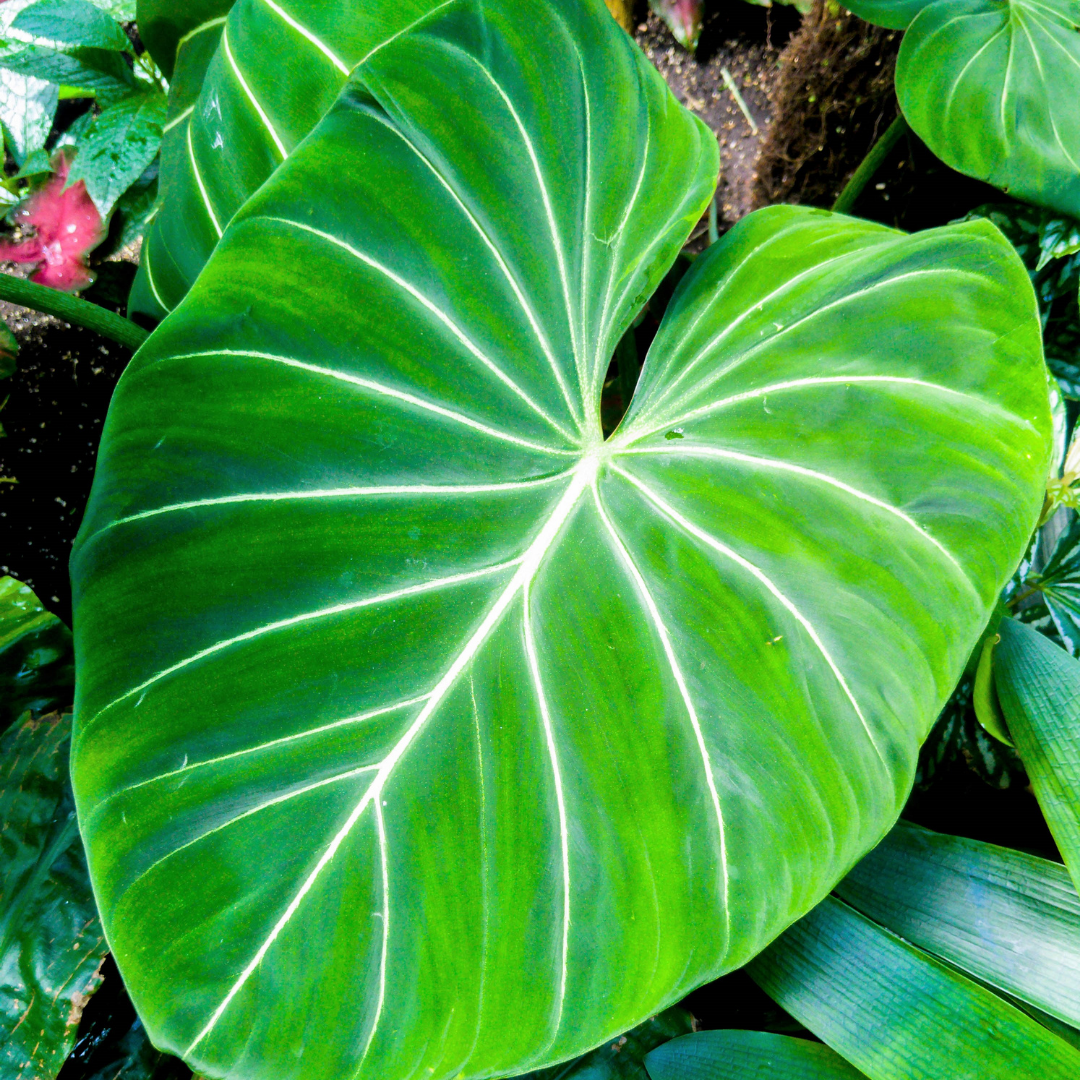
7 Of the Worst Plants to Have as Pet Owners
Some plants are meant to be nice and friendly. Others, not so much. These 7 plants are some of the most toxic things to have as a pet.
Let’s face it; some plants can be downright mean. Maybe you want to buy a plant to brighten up your life or a houseplant to help with allergies, but you’re worried about what it will do to your little ones. The truth is that some plants can be toxic to pets and humans. How can you tell if a plant is harmful? It’s simple, really: buy a plant that originates from a region that is known for its robust plant life.
It is no secret that many people have pets as a companion, and of course, the owners of these pets are very attached to them. But there are some plants you should never be allowed to have as a pet owner; the plants listed below are just a few of the worst plants to have. Some of these plants may be okay to have as decorative garden ornaments, but there is no way to know this without getting them in contact with your pet. If you do choose to have ornamental plants, it’s crucial to implement methods to keep them out of your pet’s reach, such as using custom outdoor planters or looking for tall planters that ensure your furry friends cannot sniff or touch the foliage. While these planters can serve as a functional solution, they can also act as a statement piece as well, adding visual interest to your outdoor space while prioritizing the safety of your pets.
Some plants are indeed potentially dangerous to own. These include poisonous plants and plants that can cause allergic reactions. Many plants that are toxic to pets are also poisonous to humans. There are some plants, however, which are perfectly safe for pets and human consumption, such as apples and beans.
For pet owners, aloe vera is a plant often used as a remedy for burns, cuts, and other forms of discomfort. It’s also commonly used as an ointment for treating wounds. But although aloe vera has many positive qualities, it also has some drawbacks. Aloe vera can be toxic to humans, dogs, cats, and other pets when ingested in large doses. It can also cause skin irritation and encourage the growth of harmful bacteria. Aloe vera is also known to cause kidney problems in dogs, so if your furry friend ingests too much of it, it’s important to take him to the vet immediately.
Autumn Crocus is often sold in shops and online as homes and office plants. This is a dangerous plant to have with a pet. Autumn crocus is a poisonous plant, just like all other buttercup family members.
Sago Palm may add a touch of elegance to your indoor or outdoor space, but it is highly toxic to pets. The plant contains a toxin called cycasin, which can cause severe liver damage and neurological issues in dogs and cats if ingested. Even a small amount of the plant can be harmful, so it’s crucial to avoid having Sago Palms in areas accessible to your furry friends.
Oleander is a beautiful flowering shrub, but its attractive appearance belies its extreme toxicity to pets. All parts of the plant, from the flowers to the leaves and even the sap, contain toxic compounds that can lead to serious health issues in dogs and cats. Ingesting Oleander can cause symptoms such as vomiting, diarrhea, slowed heart rate, and in severe cases, it can be fatal. Pet owners should steer clear of this plant to ensure the safety of their beloved animals.
Snake plants (Sansevieria) are popular for their air-purifying qualities, but they can be problematic for pet owners. The plant contains saponins, which, when ingested, can cause nausea, vomiting, and diarrhea in dogs and cats. Though not usually lethal, these symptoms can be distressing for both pets and owners. To maintain a pet-friendly environment, consider alternatives like spider plants or Boston ferns that pose fewer risks.
Hyacinths have fragrant and vibrant blooms which make them a popular choice for gardens, but pet owners should exercise caution. Hyacinth bulbs contain substances called oxalates, which, if ingested by dogs or cats, can lead to symptoms like vomiting, diarrhea, and difficulty breathing. Even the flowers and leaves, though less toxic than the bulbs, can cause irritation. To ensure the safety of your pets, keep hyacinths out of their reach or consider planting them in areas inaccessible to curious paws. The upside is that if you have squirrel infestations in your garden, then these are some of the plants that squirrels hate, making them actually a somewhat good choice to have in your backyard, as long as you have no other pets or small children.
Cane (Dieffenbachia) plants are among the scariest and most dangerous houseplants out there. Not because they’re dangerous to humans, but because they’re related to the infamous Japanese spider plant and are considered to be extremely poisonous. The dumb cane is an aggressive plant and should be removed from all households.
There are many reasons to hate daffodils, but it has nothing to do with our dislike of the flower or how it looks. No, we hate them because they are so dangerous to have around pets. While less than one percent of daffodils will kill an animal, some are still extremely toxic and can cause a lot of trouble for pets.
Elephant Ear (Caladium)” Another common houseplant is the Elephant Ear, which has highly decorative leaves but can be a little dangerous. It is a low-light plant with small and sharp thorns on the leaves. It’s easy to kill if you don’t know what you’re doing. Elephant Ear (Caladium) is not recommended for young children because of the plant’s easy growth, which can quickly become out of control. This means that the plant can become a choking hazard for your children, and if it becomes too big, it can cause harm to your pet.
There is a lot of different plants and species that are put in a lot of households as pets. While they are a lot of fun to have around, they are also very dangerous. Many of the plants have been proven to have toxic materials in them, which can cause a lot of problems in your pets. Before you get a plant as a pet, make sure that you know the risks associated with it.

6 Awesome Instagram Features
You May Also Like

The Rise of Virtual Reality: Future Prospects for Entertainment and Business
November 9, 2024
The Future of AI in Home Automation and Smart Homes: Transforming Daily Living with Intelligent Solutions
December 21, 2024

